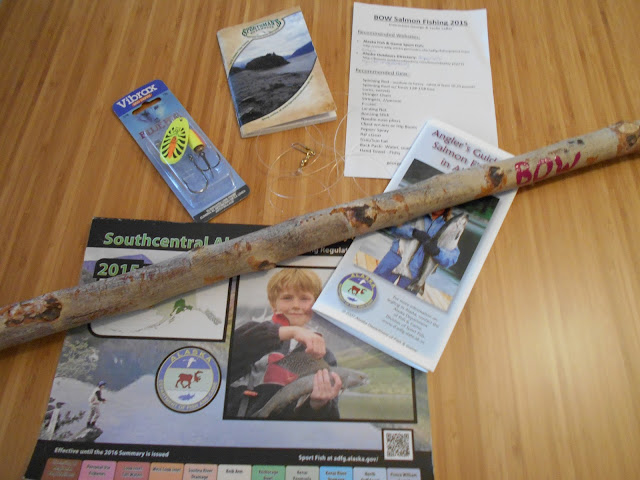That was sarcastic. Yes, it was 92 again in the morning. I don't know what it was in the afternoon. When we were still inside the hotel approaching the exit door, we could feel the heat.
We started out by walking to the Mucha Museum. Prague is very walkable!
If you've never heard of Alfonse Mucha, I am sure you've seen his work. He is probably the most well-known artist of the Art Nouveau period. He created iconic posters for Sarah Bernhardt, as well as commercial art for household products and tobacco.
Almost all of the art we saw depicted women. His style was romantic but simple, and full of symbolism. He became an instatnt sensation in Paris with his Sarah Bernhardt posters, but he did a lot more. He was one of those geniuses who was able to apply his artistic talents to everything from interiror design to the design of the paper money and postage stamps of the new Czechoslovakia. He believed art was for the people, and he believed strongly in Czech nationalism. This resulted in idealised portrayals of strong Czech women. His work often featured lots of flowers.
Almost all of the art we saw depicted women. His style was romantic but simple, and full of symbolism. He became an instatnt sensation in Paris with his Sarah Bernhardt posters, but he did a lot more. He was one of those geniuses who was able to apply his artistic talents to everything from interiror design to the design of the paper money and postage stamps of the new Czechoslovakia. He believed art was for the people, and he believed strongly in Czech nationalism. This resulted in idealised portrayals of strong Czech women. His work often featured lots of flowers.
Mucha hung out with the other big names of that period, including Paul Gaugin. In my opinion, Gaugin was a pervert, so it does make me wonder a little about all those women Mucha painted.
Mucha's pièce de résistance was The Slav Epic. We will be visiting that later this week, so I will write about it then.
After Mucha we wandered around looking at the architecture, the people, the stores, the young men zipping around on Segways, and the abundance of inviting cafes.

Much of the architecture reflects the Art Nouveau style. The Municipal Hall, designed by Mucha, was stunning.
We followed the suggestion of Rick Steves to take a self-guided tram tour to get better oriented. It was nice to sit down for a while, but I didn't think the tram tour was worth the effort.



















































